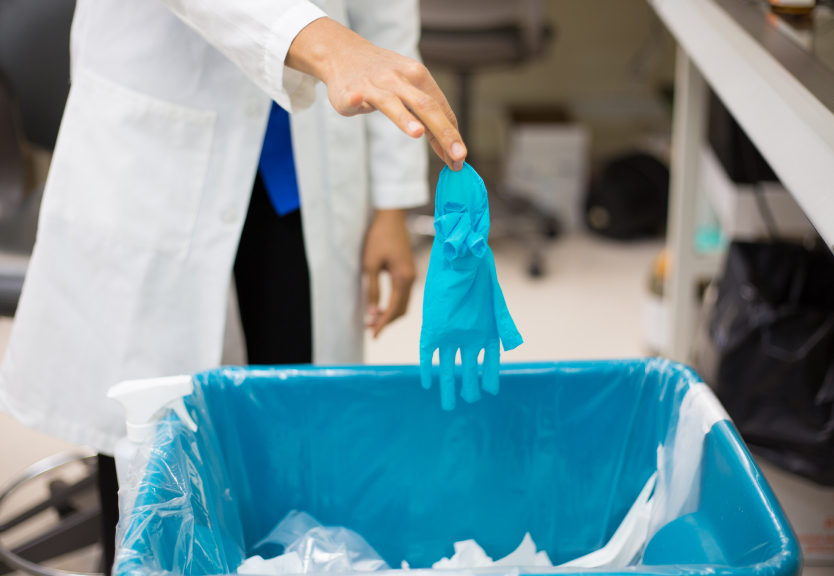According to the World Health Organization, of the total amount of waste generated by hospitals, about 85% is general, non-hazardous waste. The remaining 15% is considered hazardous that may be infectious, toxic or radioactive.
“Healthcare waste (HCW) contains potentially harmful microorganisms which can infect hospital patients, health workers and the general public,” said Khosrow Sadeqniyat, director general of Environmental and Workplace Health Center at the Health Ministry, IRNA reported.
Official figures say that annually 50,000 people lose their lives due to hospital-acquired infections.
“Currently, only 60% of the country’s hospitals are following regulations for proper handling of hazardous materials, while 30 to 40% still need to use better methods for disposal of their wastes,” he said on the sidelines of the 6th Infection Control and Sterilization Congress held August 28-29 at Tehran’s Razi International Conference Hall.
At present, 90% of the country’s hospitals are equipped with incinerators. “A study conducted by the center two weeks ago indicated that the ash produced by incinerators was sterile in 90% of samples collected from the devices in the capital’s hospitals,” he said.
Hospitals can also use non-incineration devices (such as autoclaves). However some studies indicate that the level of microbial infection observed in the residues of substandard autoclaves and other non-incineration devices is more than the level of microbial infection in ash produced by incinerators.
“Presently there is no proper regulation and control of non-incinerator devices,” Sadeqniyat noted.
Role of Wastewater Treatment Plants
Disinfection of HCW by using special devices is only one of the dozens of measures which should be taken by hospitals in order to prevent the spread of pathogenic microorganisms and hazardous materials to other people.
Wastewater from hospitals also can contain traces of anything from viruses and multi-resistant bacteria to medical agents and chemicals for cancer treatment.
Last year that ended in March, the Tehran Municipality’s Environment and Sustainable Development Office said of the 150 hospitals in Tehran, 8% lacked wastewater treatment facilities; and 34% are equipped with substandard facilities. In other words, around 40% of hospital wastewater in the capital city could seep into the surface water network.
At the conference, Sadeqniyat also said that based on a new policy adopted by the Health Ministry, from now on no new hospital will be granted a license without a wastewater treatment plant. The ministry also plans to issue an ultimatum to hospitals to establish treatment plants if they are not already in place.
Pointing to a study conducted 15 years ago in Iran, he said it indicated that hepatitis B was more prevalent among municipal employees “as they were more exposed to untreated hospital wastes.”
Although significant improvement has been seen in the safe handling and disposal of hospital waste, still inappropriate disposal methods in some hospitals continue to pose a hazard to the health of hospital staff, the general public, and the environment.
Hospital waste accounts for approximately 1–2% of the total urban waste in Iran and requires special attention and management for disposal.


